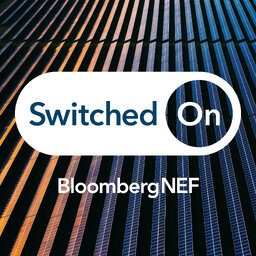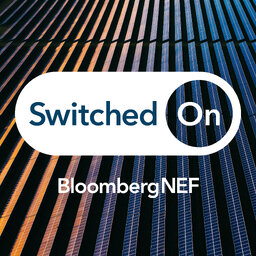As power grids evolve to accommodate new clean energy sources and smart technology, they are becoming more vulnerable to cyberattackers looking to exploit weaknesses in these increasingly connected systems. But what form do these attacks take, and what can be done to prevent them in the first place?
On today’s show, Dana sits down with Amanda Ahl from BloombergNEF’s grids and utilities team. Together they discuss what form a cyberattack on the grid can take and the scale of damage it can cause, the marketplace for cybersecurity and costs involved in securing networks, and how utilities can future-proof their infrastructure against new artificial intelligence and quantum computing threats.
Complimentary BNEF research on the trends driving the transition to a lower-carbon economy can be found at BNEF<GO> on the Bloomberg Terminal, on bnef.com or on the BNEF mobile app.
Links to research notes from this episode:
Guarding the Grid: Utilities Fortify Cyber Defenses - https://www.bnef.com/insights/32631
 Switched On
Switched On


